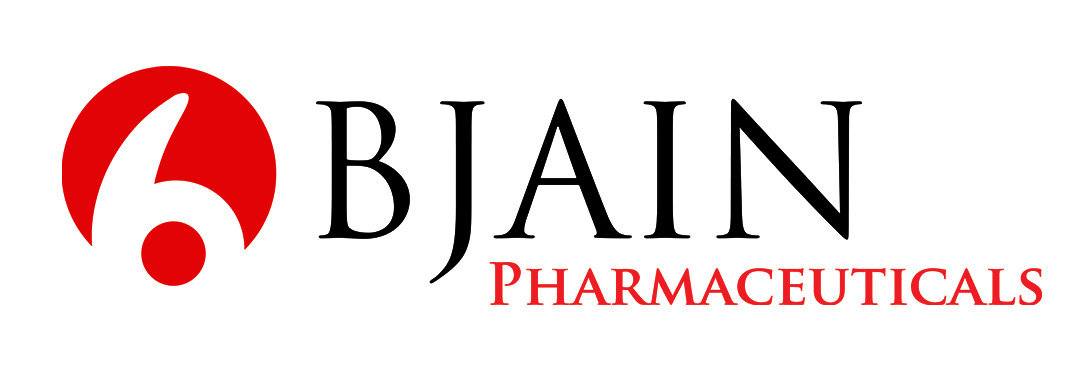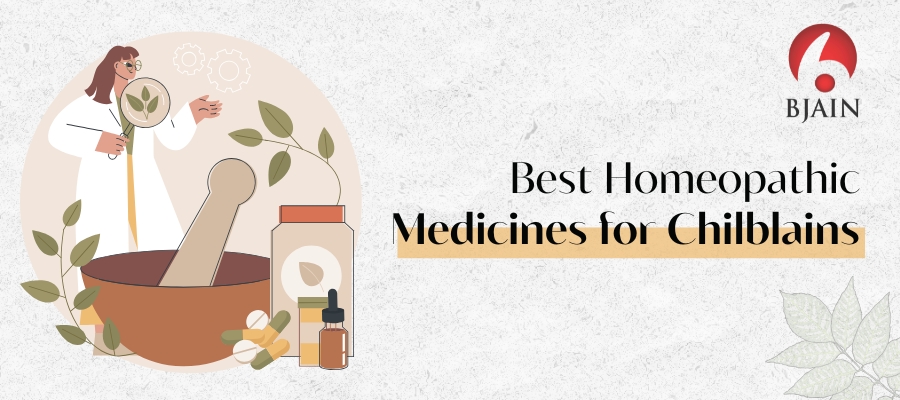Winters have come in India, and this cold wave is particularly marked, especially in north and central India. This year, we are experiencing La Nina in India, which is causing extreme cold conditions. This cold climate may bring certain common health issues such as chilblains. It could be a common issue for some people that they encounter every winter. The swelling, itching, and redness of fingers and toes can be troubling. Homeopathy can provide long-lasting relief from that by resolving the internal issues associated with it. We will discuss some general tips and tricks to manage chilblains or pernio in the following blog.
What are chilblains?
Chilblains, sometimes called pernio, are tiny patches of inflammatory skin. They form after being exposed to cold or moist air (but not frost). Chilblains typically occur on the fingers or toes.
Chilblains are often crimson, blue, or purple. They may experience itching, tenderness, or discomfort.
Anybody can have chilblains, although persons with a low BMI are more likely to get them.
Babies can also develop chilblains if they do not wear appropriate clothes in wet or chilly conditions.
It may be aggravating to develop sore, inflammatory patches of skin as the temperature lowers, especially on prominent areas such as your hands. However, you should be aware that there are things you may do to help prevent them.
What causes Chilblains?
Chilblains develop after intermittent or extended contact with cold or moist air. Cold air makes blood vessels at the outer layer of the skin contract or spasm. This results in decreased oxygen and swelling in the subjected regions.
Some researchers feel that pernio develops due to:
- Biological factors
- Hormonal shifts
- Underlying problems, such as connective tissue disorders
Who is at risk of Chilblains?
You are more prone to have chilblains if you:
- Have a low body mass index.
- Stay in a moist or cold environment.
- Put on tight-fitting footwear, gloves, mittens, or clothes in cold, damp conditions.
What are the symptoms of Chilblains?
Chilblains are difficult, inflamed areas of skin. Often these skin patches seem glossy.
You might have:
- Blisters
- Burning feeling
- Rashes
- Skin hue shifts (red, blue, or purplish spots)
Although chilblains can form in any place, they most commonly occur on the fingers or toes. They could appear on your ear or nose.
What is the difference between Chilblains and Frostbites?
Chilblains (pernio) are inflammatory skin patches caused by prolonged exposure to cold air. This condition is not synonymous with frostbite. Frostbite is defined as skin injury caused by exposure to cold temperatures. The biggest difference between the two settings is the temperature. Frostbite is caused by temperatures that drop below 32 degrees Fahrenheit (0 degrees Celsius) and requires prompt medical intervention. Chilblains are caused by cool or frigid temperatures exceeding 33 degrees Fahrenheit or 1 degree Celsius, and they normally resolve themselves.
Chilblains are inflammatory skin patches that can be reddish-purple, or blue. They can be irritating or uncomfortable, and blisters may develop. Frostbite is a dangerous skin condition that requires prompt medical intervention. Indications include needle-like sensations, tingling, numbness, and skin that goes white, blue, and then black. Warming the afflicted region might cause it to turn hot, bright red, and painful.
How can you manage Chilblains at your home?
Chilblains can be dealt with at home using these suggestions:
- Keep heated: Keep your entire body warm, including your extremities, to help circulation. Layering clothes, a scarf, and gloves or hand-warming items are all options.
- Protect your skin: Avoid rubbing, which can harm the skin and cause infection. Dry the afflicted skin and wrap it with a loosened cloth.
- To reduce itching, use a lotion such as Omeo Calendula Body Lotion, calamine, witch hazel, or Hamamelis cream.
- Enhance circulation: Light physical activity might help boost circulation to your lower extremities.
- Put on the appropriate footwear: Choose woolen or cotton pairs of socks and fleece-lined footwear or boots that fit properly and are not too tight.
- Cold exposure should be avoided wherever feasible.
What are the best Homeopathic medicines for Chilblains?
This homeopathic medication is effective for chilblain indications such as flabby and purple skin following a rash, an itchy sensation, stomach disturbance, constipation, and so on.
It belongs to one of the greatest homeopathic remedies for chilblains, with symptoms including burning and itching, as well as discomfort and headache. The condition worsens after drinking alcohol or being subjected to cold.
This homeopathic remedy is effective for excessively dry and roughened skin that is prone to producing scarlet areola and white acne.
This homeopathic medication is effective for chilblains caused by an accident with a severe ulcer and pus discharge. Itching and discomfort typically exacerbate at night.
This remedy is ideal for chilblains, which have a propensity for cracking. Warm treatments make the sufferer feel better, whereas cold air or applications make them feel worse. Furthermore, sufferers often become oversensitive, both psychologically and physically.
It is effective against chilblains, which cause ulcers with a blue-black or bluish-red tint on the skin. During sleep, there is an extreme burning and itching.
This homeopathic treatment is beneficial if you are experiencing chilblains, which are severe and cause acute itching, dryness on your feet and hands, and fluid leakage from the eruption.
Rhus-ven:
This chilblains homeopathic medicine, ‘Rhus-ven’, works well for chilblain symptoms such as redness and burning. The patient gets worse in warm conditions and better when exposed to cold.
This homeopathic remedy manages chilblains with symptoms such as intense burning and itching, susceptibility to chilly air and wind, and dry, parched skin.
Chilblains may seem like a trivial complaint but the severity of discomfort can hinder many day-to-day activities. Homeopathy is a holistic system of medicine that treats disease as a whole. It can help relieve the complaints of chilblains such as itching, redness, and swelling. It can also help to reduce the episodes and susceptibility towards chilblains. This blog is for informative purposes only and it should not replace professional advice from a homeopathic physician. Always consult a registered medical practitioner before taking any medicine.

Dr Kiran Swami
Dr. Kiran Swami, BHMS, MD (Hom.), a Research Officer at BJain Pharmaceuticals Pvt. Ltd., holds degrees from Nehru Homeopathic Medical College, Delhi, and Dr. Sarvepalli Radhakrishnan Rajasthan Ayurved University, Jodhpur. With expertise in homeopathy and a passion for research, she drives innovation in holistic healthcare solutions.


